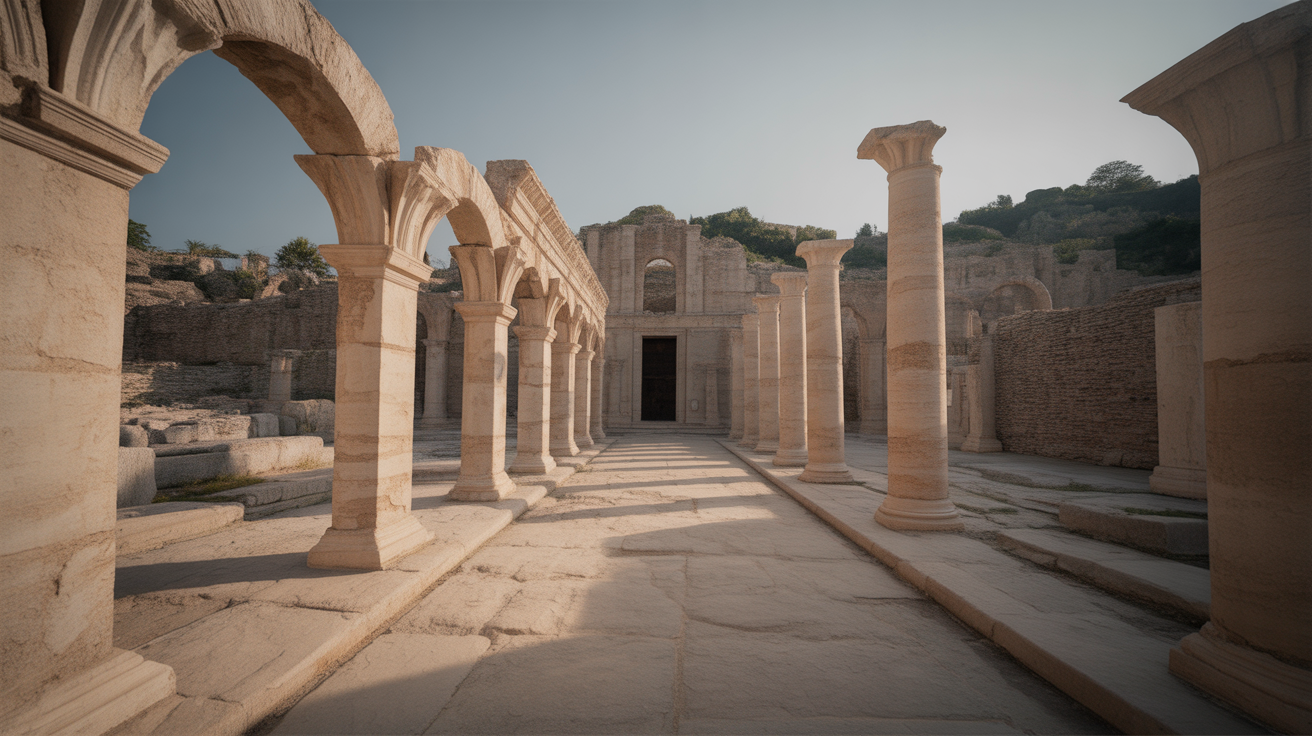Step into the past with the advanced technology of your smartphone, as it transforms into a time machine, offering 3D reconstructions of historic sites. This cutting-edge tech comes with geospatial precision, and AI-guided tours, allowing users to experience history like never before.
Imagine a world where history is not just read, but also experienced. With the advent of 3D reconstructions, smartphones are now capable of serving as personal time machines, transporting users to various historic sites across the globe. With stunning visuals and AI-guided tours, history is no longer confined to textbooks, but is alive and interactive.
As we delve deeper into the digital age, our smartphones continue to become even more integrated into our lives. The ability to virtually transport to historic sites marks a significant stride in technology, bridging the gap between the present and the past. This is not just about entertainment; it’s about education, preservation, and a newfound appreciation for our shared history.
By the end of this article, you will discover how this technology works, why it’s relevant in today’s world, and what it could mean for the future of education and historical preservation.
Unveiling the Past: a Closer Look at 3d Reconstructions
3D reconstructions of historic sites are the result of meticulous research, high-resolution photography, and complex computer algorithms. These elements work together to recreate ancient monuments and sites with a level of detail and accuracy that’s nothing short of breathtaking.
Technology giants like Google and Apple are at the forefront of this innovation, investing heavily in research and development to refine and expand these virtual experiences. Their goal is not only to recreate the past, but also to provide a meaningful and educational experience for users.
The impact of this technology is already being felt in the education sector. For instance, according to a recent study, students who used 3D reconstructions as a learning tool showed a 65% improvement in retention compared to traditional methods.
The Implications: What This Means for You
For users, this technology opens up a world of possibilities. It allows them to explore ancient Rome, walk through the ruins of Machu Picchu, or stand in the middle of the Battle of Gettysburg – all from the comfort of home.
But it’s not just about exploration. 3D reconstructions can be a powerful educational tool, making history more engaging and accessible. For teachers and parents, this technology offers an effective way to supplement traditional teaching methods, bringing history to life for students of all ages.
Into the Future: the Potential of 3d Reconstructions
Looking to the future, the potential applications for 3D reconstruction technology extend far beyond education and entertainment. With the integration of virtual and augmented reality, users could soon have the ability to interact with the past in ways we can only imagine.
In the next couple of years, users could have the ability to explore historical sites in even more depth, interacting with objects, and experiencing events as they unfolded. For instance, imagine being able to witness the construction of the Great Wall of China or the signing of the Declaration of Independence.
As we continue to advance in technology, our understanding and appreciation of history will evolve. The smartphone time machine is just the beginning. Who knows what the future holds? But one thing is certain: the past has never been closer.


